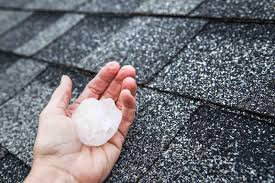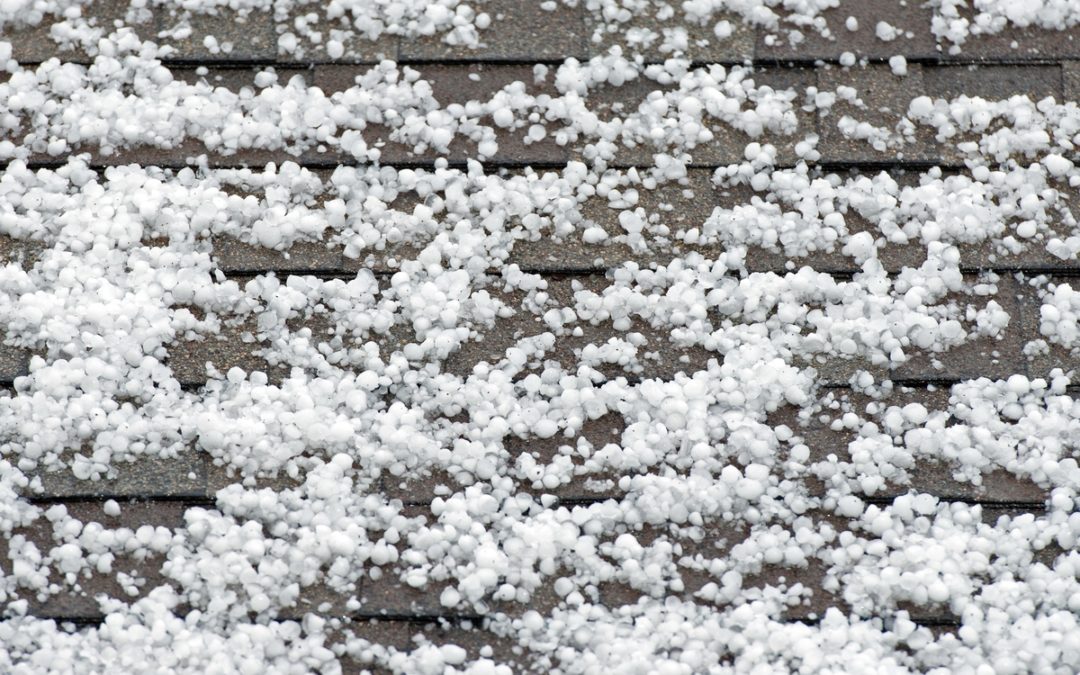Homeowners rely on their roofing systems to protect the home and family during severe weather conditions. However, due to the constant exposure to these elements, a roof does take a pounding and requires regular inspections and timely repairs to ensure it stays in good condition.
Storms, specifically, have a significant impact on the roofing system. Therefore, homeowners need to assess the roof for signs of damage after a strong storm, even when the interiors show water infiltration symptoms. Ignoring even a tiny leak can cause problems in the future and may lead to costly repair bills.
Roofing experts advise against climbing on the roof for assessment and suggest using a pair of binoculars instead to inspect the roofing from the ground. While some visible roof damages are easy to spot by an average homeowner, they may require assistance from a professional roofer to catch the subtle signs of roof deterioration.
Here are a few things to look for after the storm passes to determine if the roof has suffered any damage and needs repairs or replacement:

Hail damage
Hail storms can wreak havoc on a roof and pose a threat to its integrity. Depending on the size and storm intensity, hail can create holes and dings, which, when left undetected, can impact the roof structure severely. Inspect the roof thoroughly and look for the common symptoms of hail roof damage to decide the future course of action. It is easy to spot hail damage as it leaves round-shaped indents on the impact location. Also, look for missing, broken, or cracked shingles that require replacement.
Clogged gutters are a common problem after storms. Check the gutters for clogs and ensure to clear them out. Examine if the gutters have dislocated or bent and need repairs.
Improperly maintained shingle roofs are susceptible to ice dams. When the water from melted snow freezes again on the roof’s eve, it leads to ice dam development that may cause leaks by preventing proper water drainage.
Wind damage
Strong winds accompany most severe weather storms that cause shingle deterioration, dislodge the loose shingles, and break or crack them. High-intensity winds increase the possibility of debris falling on the roof and causing significant damage. If debris is still lying on the roof, thorough inspection becomes essential to see how they have affected the shingles. Wind storms compromise the shingles and the underlayment, increasing the possibility of leaks. Granule loss is another sign of a roof damaged by winds.
Not all issues caused to the roof by strong winds are visible to the naked eye, and inspection by a roofing expert is advisable to know the extent of the damage.
Water damage
As we know, water is the biggest enemy of any roofing system. Heavy rains can create severe issues for an old, worn-out, and compromised roof. Look for any damage around the vents, chimney, flashing, skylight, and other elements. Also, check the roofing system for water pooling after a rainstorm. Do not forget to inspect the attic and the home’s interior for signs of leaks, moisture, mold, and mildew growth, and wet spots on the wall and ceiling.
Reach out to a local roofer for inspection if there is a suspicion of any weather-related damages mentioned above after safely assessing the roof. A professional can evaluate the following:
- Condition of the roofing materials
- Leaks
- Insulation
- Flashing, rakes, valleys, chimneys, and eaves condition
- Clogs in the gutter and downspouts
- Loose sealant
- Water damage
- Attic
- Ice dams
Roof inspection after a severe storm is a necessity to protect the structural integrity of the roof and the home and ensure peace of mind. Regular inspections by licensed roofing experts help avoid bigger problems through quick problem diagnosis and timely repairs.
